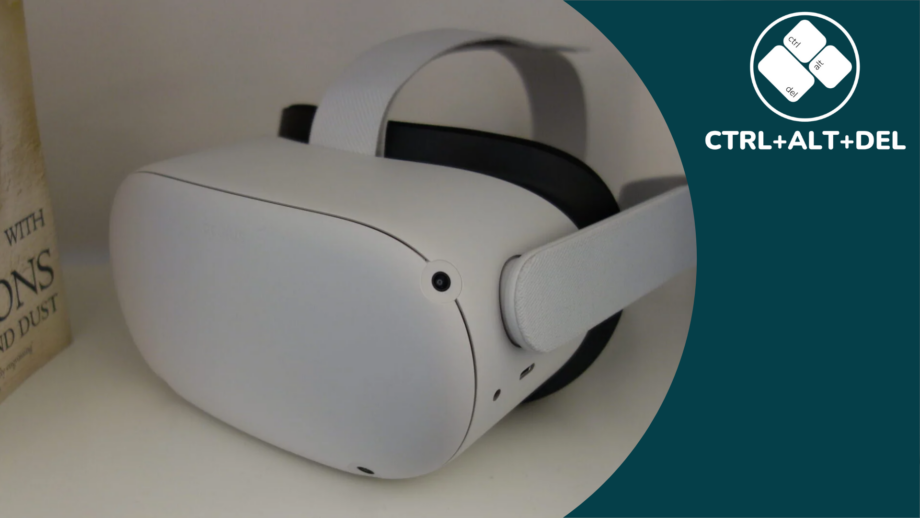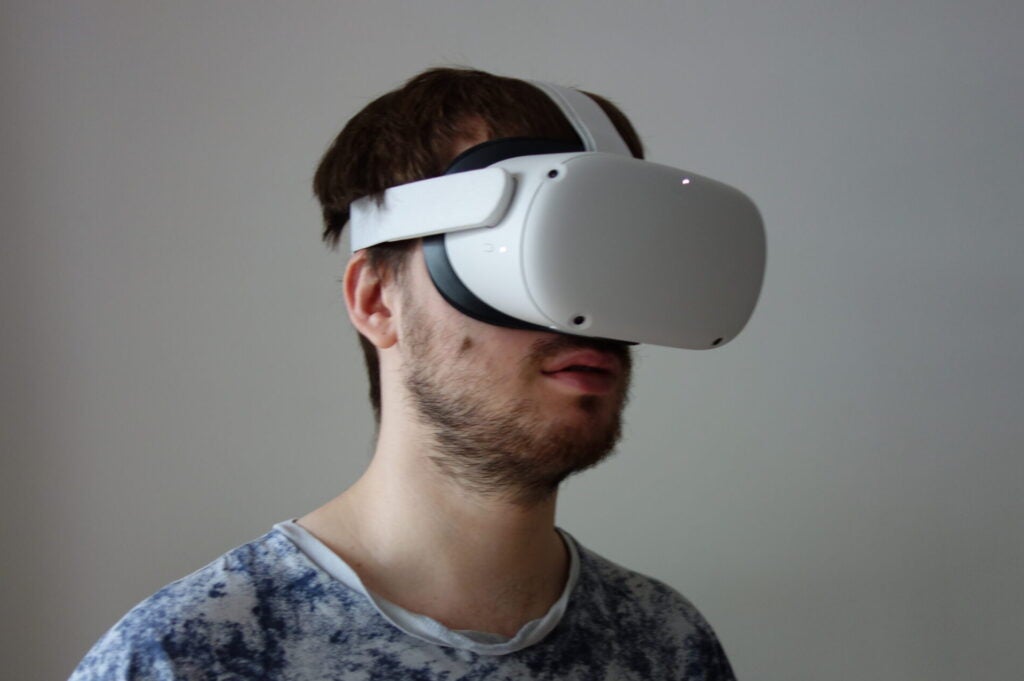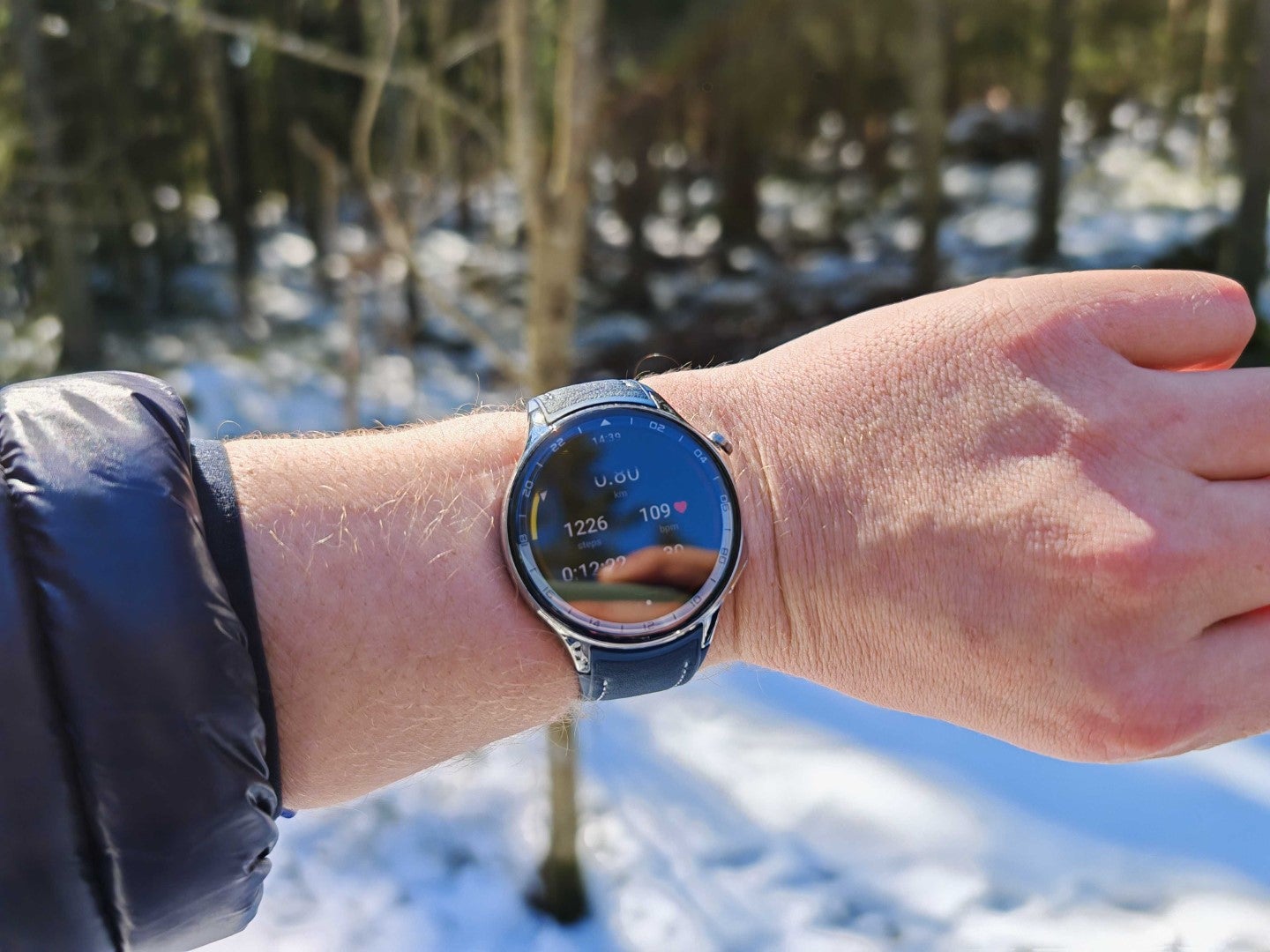Ctrl+Alt+Del: Meta Quest 2 was the last hope for VR headsets

OPINION: Interest in VR headsets has been on the decline for many months now, but it looks like Apple, Sony and Meta never got the memo.
VR has become a sort of buzzword in tech, with many companies throwing their hat into the virtual reality ring in recent years. The Apple Vision Pro headset has caught a lot of attention since it was announced and Sony released the PSVR 2 only a couple of months ago.
There are myriad other companies that also offer VR headsets; Meta is the obvious one – with the Meta Quest 3 slated to release sometime this year – alongside Pico and HTC.
To me, VR was at its peak when the Oculus Rift was first released in 2016. I can vividly remember putting on the headset, booting up Resident Evil Biohazard and immediately being in complete awe of my surroundings. I had tried my hand at the Google Cardboard before this, but I had never experienced something so visceral and immersive (I had to take the headset off before the big confrontation with Jack at the start of the game).
Since the Oculus Rift, the technology has only gotten better. The field of view has gotten wider, the resolution higher and issues like the Screen Door Effect are slowly being phased out to the point where you almost can’t tell you’re in a virtual world.
VR headsets aren’t just limited to gamers now, either. Meta has been pushing the Metaverse as a new way to interact with your colleagues in this new, hybrid world – as there is nothing we all want more than to see our boss’ face etched onto a virtual screen just inches from our faces.
All this is to say, there are more ways to use VR than there ever have been before. More brands, more supported games and more ways to use it in the ‘real world’, so it’s curious to see that on the consumer side, people just aren’t as interested as they used to be.
An IDC study shows that globally, the VR/AR market has declined by 54.4% year over year in the first quarter of 2023. An EY Consulting survey discovered that only 24% of people said their company has started using VR technology, and only 15% said they use a VR headset for work. Meanwhile, a Piper Sandler survey found that while 26% of the teenagers they asked did own VR headsets, only 5% used the headset daily and 48% were not interested or unsure of the Metaverse as a whole.

The reasons for the decline in interest are varied; not all workplaces are pushing the technology, wearing a VR headset can induce motion sickness and wearing it for too long can negatively affect vision and balance. On top of this, I would argue that most importantly, VR headsets are just becoming too expensive for the average consumer.
The Apple Vision Pro is slated to have an eye-watering $3499 starting price, and the PSVR 2 costs $549.99/£529.99 – not including the $499.99/£479.99 PS5 console that it needs to be paired with. The Meta Quest 3 has seen a price increase too, starting at $499/£499, a big jump from the $299/£299 starting price of the Meta Quest 2 at its launch.
With that in mind, you have to ask if it’s worth spending upwards of $500/£500 on a device that you may not even use all that often? Developers are doing an amazing job at refining the technology and thinking up new ways that it can be implemented into everyday life, but they seem to have forgotten that for a lot of people, the price just isn’t accessible anymore.
Arguably, the last successful VR headset was the Meta Quest 2, with its aforementioned $299/£299 price tag. While you can’t exactly call it cheap, it’s far and away more affordable than the next-generation offerings we’re now being presented with. It’s managed to sell over 20 million units in its lifetime and it garnered a 5-star review from us, with our Deputy Editor claiming that it’s “the best value VR headset you can buy, with a wireless connection and integrated chip removing the need to spend big on a gaming PC or console”.

That headset was released in 2020 and as we can see from the pricing of more recent headsets, VR has become a lot more expensive in those three, short years. However, I don’t think we should completely lose hope in VR.
Apple is supposedly working on a cheaper version of the Vision Pro that will release at the end of 2025, at the earliest. The Vision Pro as a whole will also bring new features to VR that we haven’t seen before, such as running iOS apps and the ability to watch 3D movies, potentially allowing VR to broaden its horizons even further into new use cases.
The Meta Quest 3 could see a price cut – especially if it doesn’t sell as well as Meta predicts – and could even result in the Meta Quest 2 being reduced, allowing more people to try out the technology and giving them more chances to fall in love with it.
I would like to say that consumer curiousity in VR isn’t declining just because people aren’t as interested anymore. New tech is always exciting, especially for young people, and there are those who are always looking for new ways to make everyday tasks even simpler, but that excitement can only be upheld for so long.
Companies need to recognise that no matter how many bells and whistles they include on the latest headset, if it’s not within most consumers’ price range, it simply isn’t going to sell.
Ctrl+Alt+Del is our weekly computing-focused opinion column where we delve deeper into the world of computers, laptops, components, peripherals and more. Find it on Trusted Reviews every Saturday afternoon.








